We all know raksha bandhan means bond or relation between two where one takes a vow to protect the other. Today, it is widely celebrated as a day to remind the relationship between brother and sister in view of one being the protected and another being the protector. While it is a beautiful celebration, is there more to this? Where are the roots for this tradition?
The roots for raksha bandhan came from the practice of a vow taken on the day of sra:vana pu:rnima by vedic practitioners to protect Veda.
ve:daha akhila dharma mu:laha
Ve:da is the source of all righteous practices
As long as Ve:da is protected, it enables humankind to live practicing righteousness. Otherwise, humankind will continue to exist but will be less human and more demonic and mechanical.
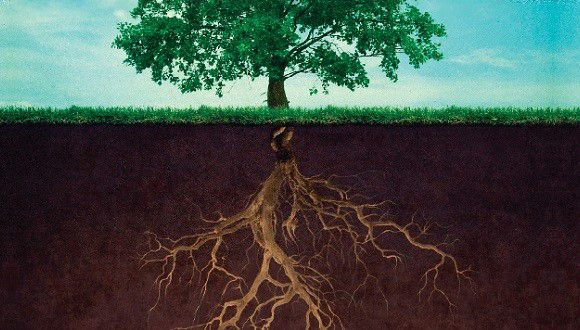
On this day, every vedic practitioner goes through a process of upa:karma where he begins with taking a vow through a sacred thread on the wrist to protect Veda. The process starts with offering gratitude to the lineage of rushis his family belongs to, for giving him the fortune of the great responsibility. He does purascharana, revision of all vedic chants and hymns that he had learnt till date. There is a method they follow to achieve this. If a new student begins his veda vidya (study of veda) on this day, he takes the initiation. The others do purascharana.
Does this mean raksha bandhan was originally only for those who can chant veda?
No, it is for everyone. Protecting vedas does not end with grandha rakshana, protecting texts of Vedas. It also includes ardha rakshana, protecting the practices prescribed in vedas by learning their purpose. .
Each one of us has the responsibility to be part of ve:da rakshana through grandha rakshana and/or ardha rakshana. Since vedas preach dharma, righteous practices that uplift the practitioner while not harming anyone or anything else, they are Universal laws and apply to everyone beyond religion, caste, creed, gender, color, race etc.
Grandha rakshana involves study of mu:la (root text) along with the study of its six angas (limbs). The six limbs are siksha, vyakarana, chandasu, niruktha, jyothishya, and kalpa.

Ardha rakshana involves learning of sruthi, ithihasa, purana, agama and prabandha. For example: Ramayana and Mahabharatha are part of the ithihasa section. Bhagavad Gi:tha is part of Mahabharatha.
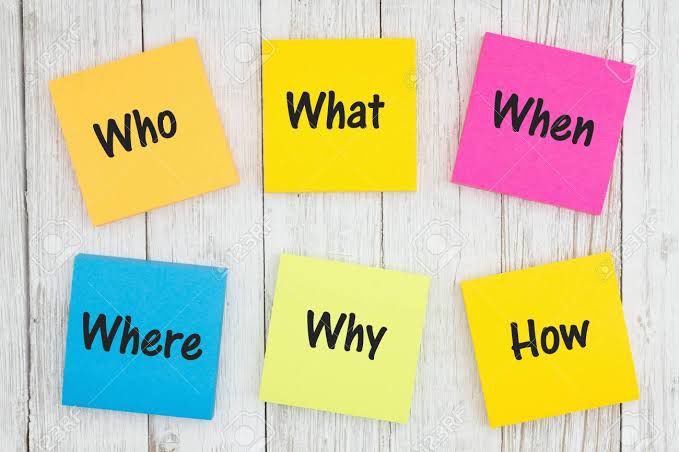
Thus, raksha bandhan applies to everyone who recognises vedas as the fundamental universal scriptures for righteous living.
Protecting righteous practises in the nation, and the families
Everyone who practices righteous living needs to be protected. Thus, raksha bandhan is celebrated to be a special bond between every citizen of the nation and the soldiers who protect the borders and are part of national security. Going beyond, it also signifies a bond between every citizen of the nation and the policy makers, and serving in the government.
It must also come down to family members (and between siblings) so that the righteous practices are encouraged from within the families, and upwards to society, nation and the world. Thus comes the popular rakhi, as we see it today. Let’s remember the roots of Raksha bandhan and nurture it through taking a vow to practice righteousness for universal well-being, peace, love and joy.
– From the discourse of HH Chinna Jeeyar Swamiji
– 31st Aug 2023, Sra:vana Pu:rnima,
– Hayagri:va Jayanthi
43 rd Chathurmasya Di:ksha of HH Swamiji
Sri De:vanatha Jeeyar Swamiji has conducted Sri Lakshmi Narayana Yaga for 41 days. The concluding prayers along with Lakshmi Narayana kalyanam was beautifully celebrated with the blessings of HH Chinna Jeeyar Swamiji.
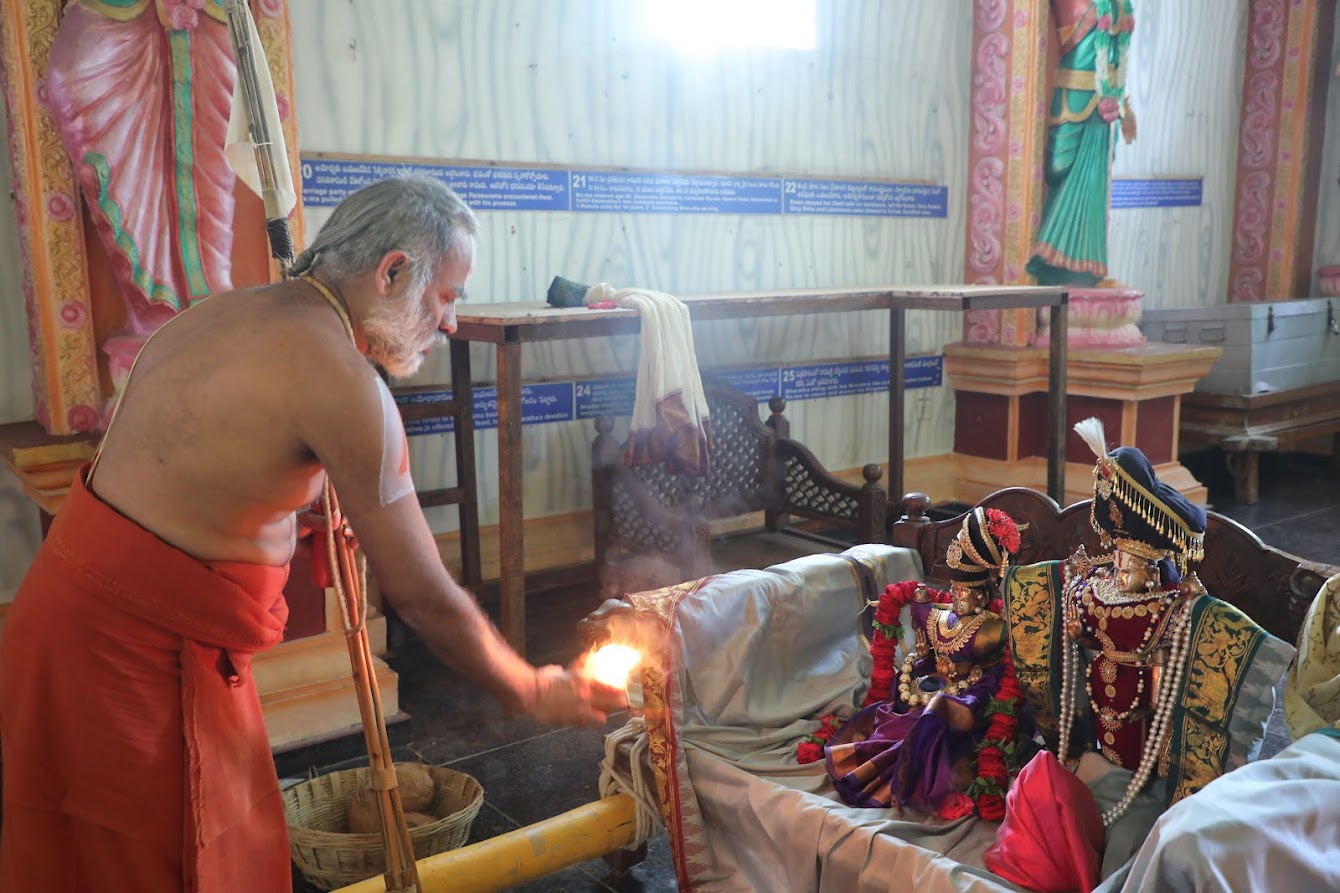

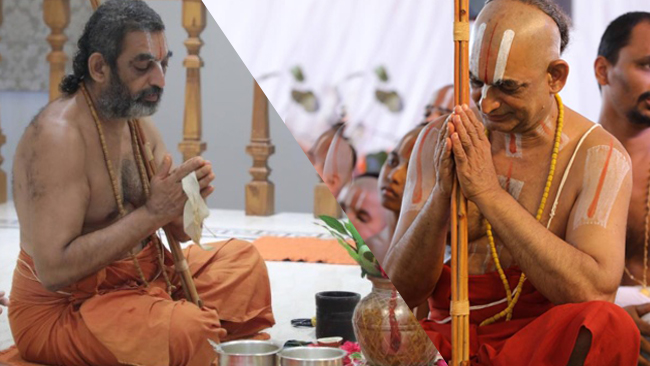

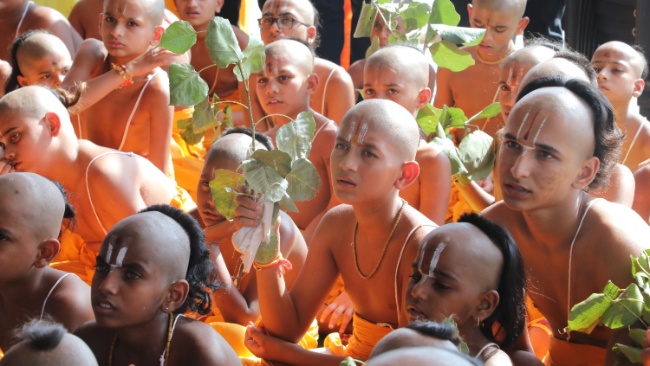
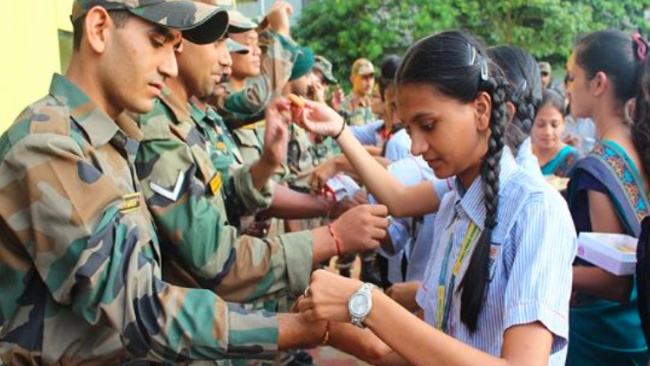
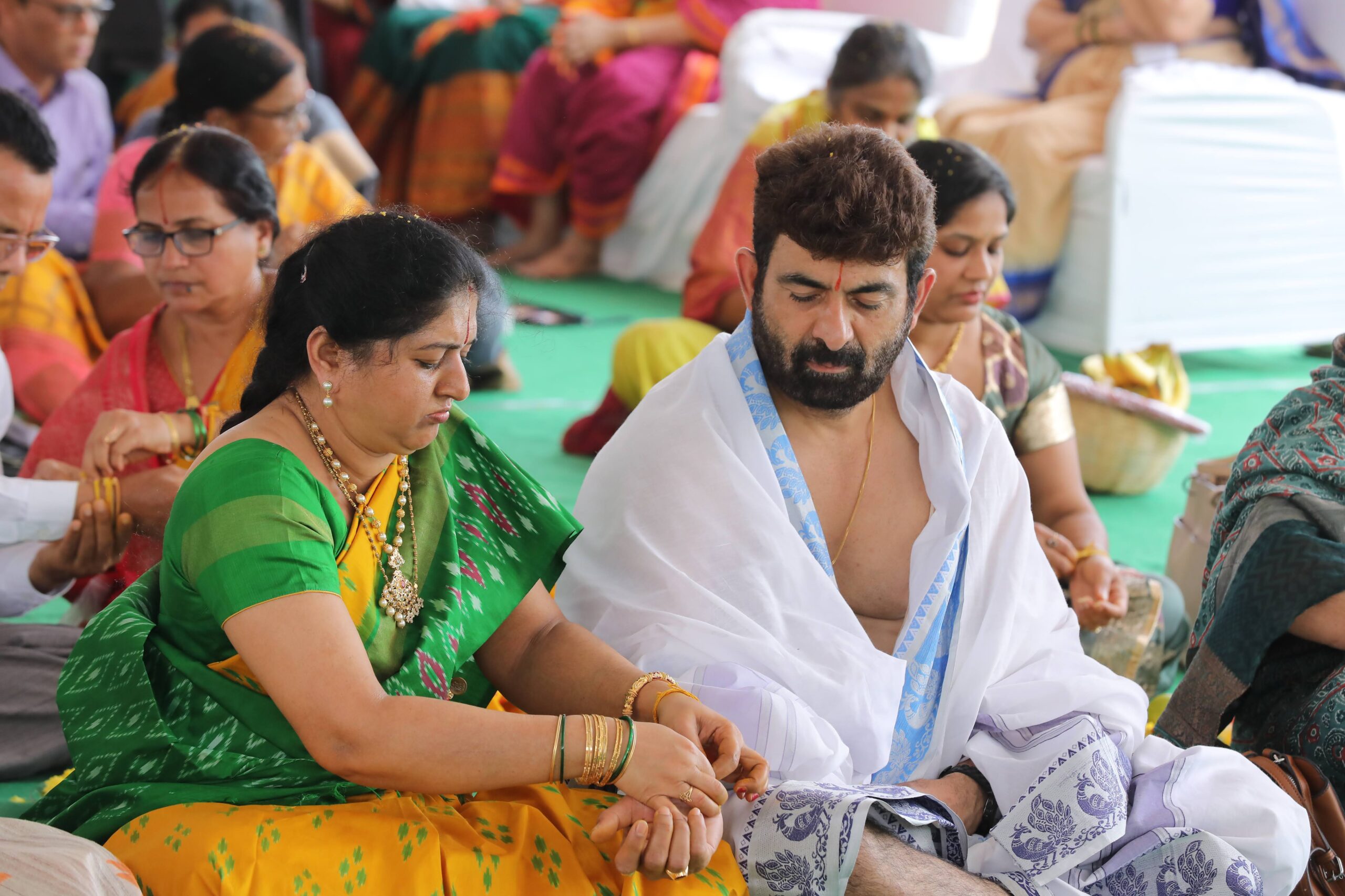



Jsmn.So well said about Raksha bandan ..
Ome asmath gurubyo namah jai sriman narayana
Asmathgurubyonamaha srimateramanujayanamaha jaisrimannarayana
Jai SrimanNarayana! 🙏🙏🙇🏻♂️🙇🏻♂️💐💐
Jai Srimannarayana 🙏
Beautiful Fantastic. Excellent
Wonderful explanation with deep insight of Raksha bandhan
Jai srimannarayan